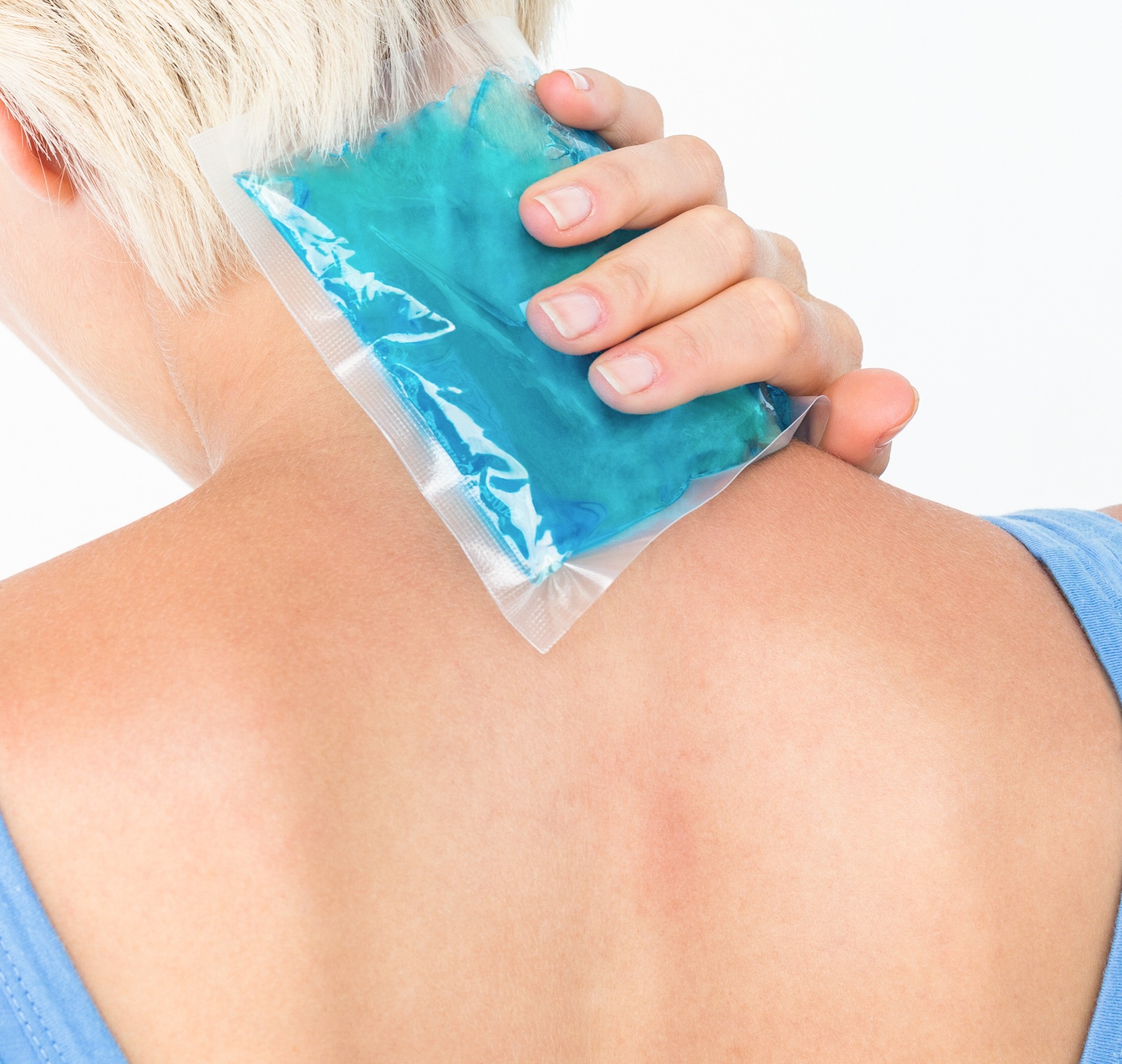 Mohs Micrographic Surgery offers patients the comfort of knowing that their skin cancer is completely removed with the lowest possible chance of recurrence. Pain is one of the unfortunate side effects that can be experienced after any surgery, including Mohs, and is considered a component of the recovery period. One of the best things you can do after surgery is create a plan to minimize the potential pain you will experience. In doing this, you are able to make yourself more comfortable and also reduce the potential for post-surgical complications.
Mohs Micrographic Surgery offers patients the comfort of knowing that their skin cancer is completely removed with the lowest possible chance of recurrence. Pain is one of the unfortunate side effects that can be experienced after any surgery, including Mohs, and is considered a component of the recovery period. One of the best things you can do after surgery is create a plan to minimize the potential pain you will experience. In doing this, you are able to make yourself more comfortable and also reduce the potential for post-surgical complications.
Ice Ice Baby
When thinking of ways to help with healing and reduce swelling and discomfort after surgery, there is a simple technique that can be used: Ice! A study published in the Journal of the American College of Surgeons revealed that using ice packs within the first 24 hours after major abdominal surgery sped recovery and significantly decreased the amount of pain endured by patients, to the point where patients required less prescription pain medication compared to a group that did not ice.
“Cold is known to reduce swelling and inflammation. It also makes nerves less sensitive to pain,” says Dr. Adam Mamelak, a board certified Dermatologist and Skin Surgeon at Sanova Dermatology in Austin, Texas. Dr. Mamelak performs Mohs surgery for the treatment of skin cancers at Sanova Dermatology and The Austin Mohs Surgery Center. He believes his patients benefit from the local cooling response in the post-operative period as it is thought to help regulate oxygen levels, sending nutrient-rich blood to the affected area and speeding the healing process.
On Thin Ice?
“After Mohs surgery, I recommend all patient ice their wounds to help relieve any swelling or discomfort,” Dr. Mamelak shares. Dr. Mamelak instructs patients to apply ice packs directly over their surgical bandages for 10-20 minutes every hour. Although this can be extremely beneficial, it is important to note that if you experience any persistent or abnormal pain, you should contact your doctor immediately.
Other Methods Of Pain Relief
Whether it’s a basal cell carcinoma, squamous cell carcinoma or other tumor, pain medication is an obvious solution to deal with discomfort after surgery. However, there are other methods to deal with post-operative pain. Sufficient rest is key to properly healing any wound. Your body needs rest to rejuvenate itself and to gain the energy to effectively heal. During this time, sleeping, listening to soothing music, figuring out what is an audiobook you’d like, and relaxation exercises can be key to the calming rest that we require. Pillows can be used to elevate the treated areas, and help support your body, prevent and speed the resolution of swelling, and keep you comfortable while resting.
Contact Us
Do you have questions about ways that you can manage your pain and expedite your healing after surgery? Please contact us today!
Join Us
